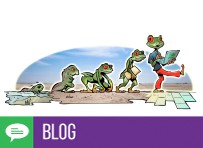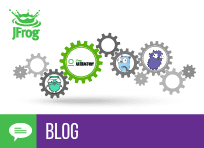Building a Software Data Retention Strategy and Why You Need One
Every day, your developers are pushing software. Some of that software will make it to production, but many of those incremental builds will not. While you shouldn’t remove those incremental builds and old release versions haphazardly, if left unchecked, they can clog up your software repositories as well as the workflows and systems they serve. …












